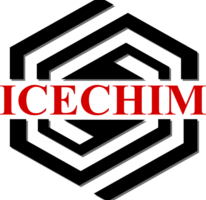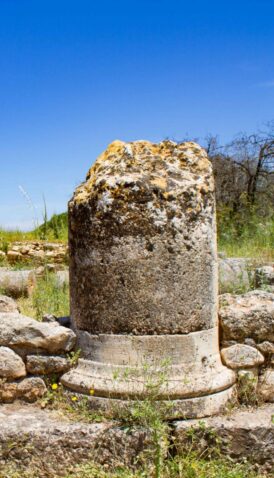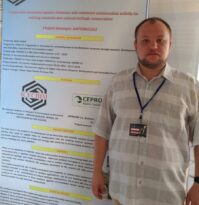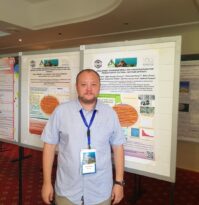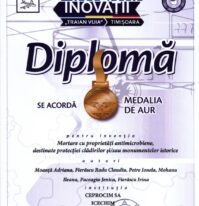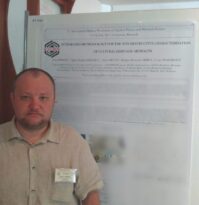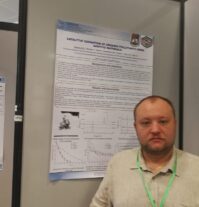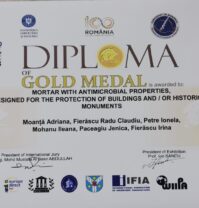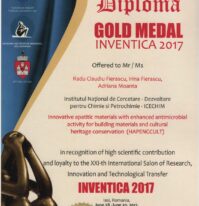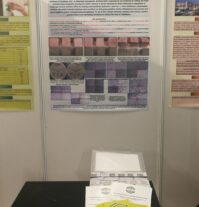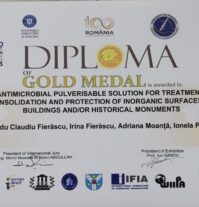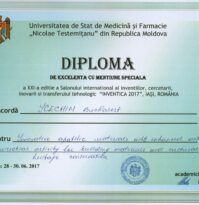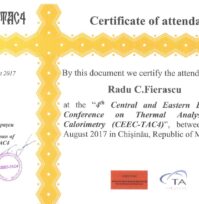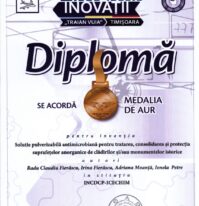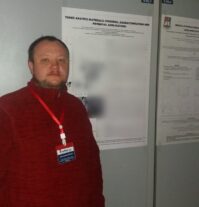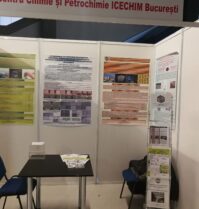Innovative apatitic materials with enhanced antimicrobial activity for building materials and cultural heritage conservation
(HapEngCult)
PN-III-P2-2.1-PED-2016-0198
(121 PED/2017)
Whether we are talking about hospitals, where the antimicrobial property of the building itself will be an aid against intra-hospital infections, a historic building belonging to the national / international heritage that needs consolidation and / or surface treatment or stone monuments that need only surface treatment, the solutions developed in this project will represent not only an alignment at the international scientific level, but also an important technical solution, which will contribute to the sustainability of the project after the implementation period.
Project goal
The main goal of the project is the development of an innovative and versatile solution (consisting of hydroxyapatite derivatives), solution that could be applied either by incorporation into the building material (primary objective) or by surface spraying (secondary objective). From the project will emerge new solutions to an increasing problem, respectively the microbial loading of various buildings and stone.
Contracting authority: Executive Unit for Financing Higher Education, Research, Development and Innovation (UEFISCDI)
Implementation period: 03/01/2017-02/07/2018
Total budget: 700000 lei
Own budget (co-financing): 100000 lei
Project director: Dr. Chem. Radu Claudiu Fierăscu
Coordinator:
National Institute for Research & Development in Chemistry and Petrochemistry – ICECHIM, Bucharest,
Project director: Dr. chem. Radu Claudiu Fierăscu
Partner:
CEPROCIM S.A., Bucharest,
Project responsible: Dr. Eng. Adriana Moanță
The project proposes the use of metal-substituted hydroxyapatite as antimicrobial component for building materials. This solution will be viable for multiple applications related to its use for new buildings with special requirements related to microbiological loading (such as hospital buildings) and for consolidation of cultural heritage constructions; also the use of substituted hydroxyapatites for protection of stone artifacts against environmental factors (acidic rain) and biodeterioration through spraying on their surface will also be evaluated. The validation of the proposed technologies will be obtained via third-parties studies.
The previous obtained results allows the consortium to define daring targets, while the experience of the researchers involved ensures their fulfillment; in the same time, the potential of the solutions offered at the end of the project will ensure the future development of the project idea towards higher technology readiness levels.
Improving project inputs related to the development of apathetic materials with improved antimicrobial activity for engineering and cultural heritage conservation; Obtaining and characterizing innovative materials.
Implementation period: 03/01/2017 – 15/12/2017
Expected results:
- D1. Protocols for the characterization of materials based on hydroxyapatite derivatives used in engineering;
- D2. Models of stone artifacts and their characterization protocols;
- D3. Analytical characterization protocols for hydroxyapatite derivatives;
- D4. Antimicrobial characterization protocols for hydroxyapatite derivatives;
- D5. Laboratory technology – obtaining and applying construction materials containing hydroxyapatite derivatives;
- D6. Laboratory technology – obtaining and applying spray solutions containing hydroxyapatite derivatives for the conservation of cultural heritage.
Demonstration of the functionality of the technical solution proposed on a laboratory scale; Development of a manual for presenting technologies and products.
Implementation period: 16/12/2017 – 03/07/2018
Expected results:
- D7. Demonstrator – demonstration of the effectiveness of the proposed solution regarding the use of hydroxyapatite derivatives in construction materials;
- D8. Demonstrator – demonstration of the effectiveness of the proposed solution in terms of the use of spray solutions of hydroxyapatite derivatives in the conservation of cultural heritage;
- D9. Patent application – regarding the use of hydroxyapatite derivatives for construction materials;
- D10. Patent application – regarding the use of hydroxyapatite derivatives as spray solutions for the conservation of cultural heritage
Phase I
D1. Protocols for the characterization of materials based on hydroxyapatite derivatives used in engineering;
D2. Models of stone artifacts and their characterization protocols;
D3. Analytical characterization protocols for hydroxyapatite derivatives;
D4. Antimicrobial characterization protocols for hydroxyapatite derivatives;
D5. Laboratory technology – in terms of obtaining and applying construction materials containing hydroxyapatite derivatives;
D6. Laboratory technology – in terms of obtaining and applying spray solutions containing hydroxyapatite derivatives for the conservation of cultural heritage;
D7. Publication of articles in ISI journals – 4 published papers;
D8. Participation in scientific events – 7 International Conferences, 1 National Conference;
D9. Submission of a patent application the use of hydroxyapatite derivatives as spray solutions for the conservation of cultural heritage – Patent application no. A00919 / 09.11.2017;
Phase II
D10. Use of hydroxyapatite derivatives in construction materials – demonstrator, functional model, technical documentation;
D11. The use of spray solutions of hydroxyapatite derivatives in the conservation of cultural heritage – demonstrator, functional model, technical documentation;
D9. Patent application – use of hydroxyapatite derivatives for construction materials – Patent application no. A00226 / 28.03.2018;
D8. Participation in scientific events – 2 international conferences, 4 fairs and exhibitions;
D7. Publication of articles in ISI journals – 1 published paper;
The project resulted in five papers published in ISI journals (Reaction Kinetics, Mechanisms and Catalysis, Journal of Thermal Analysis and Calorimetry, Nuclear Inst. And Methods in Physics Research, Applied Surface Science, Romanian Reports in Physics) with a cumulative impact factor of 9.18.
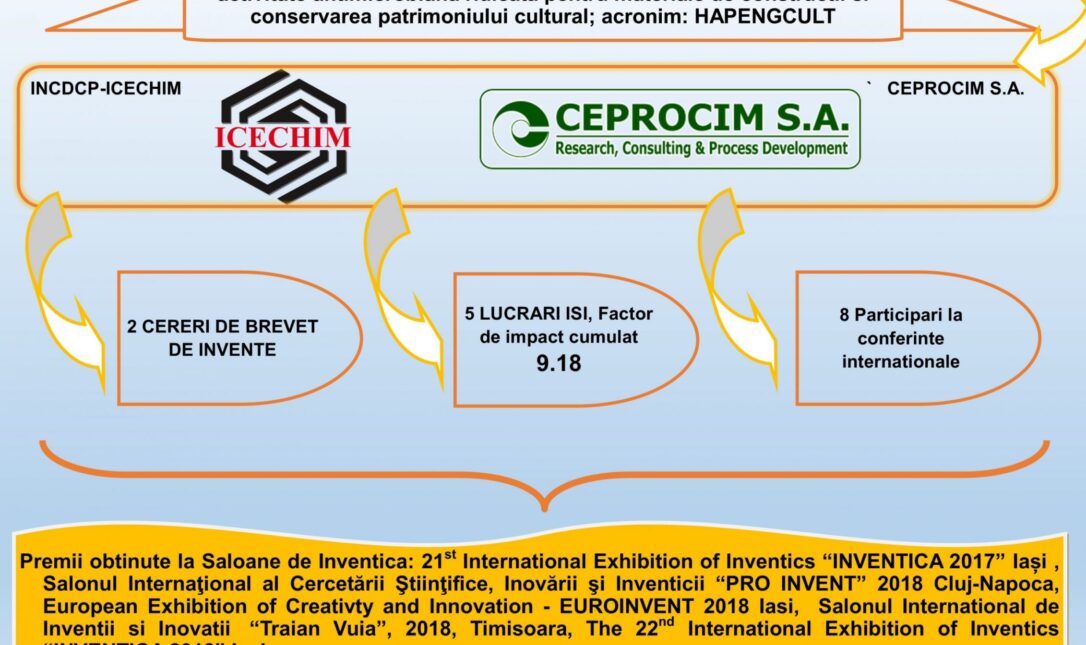
The results were also presented at prestigious international scientific events (10th International Conference on Materials Science & Engineering – BraMat 2017, International Symposium “Chemistry Priorities for Sustainable Development – PRIOCHEM”, 17th International Balkan Workshop on Applied Physics, IBWAP -2017, 20th Romanian International Conference on Chemistry and Chemical Engineering – RICCCE 2017, 4th Central and Eastern European Conference on Thermal Analysis and Calorimetry, 9th International Conference on Environmental Engineering and Management (ICEEM), International Scientific Symposium Current Trends in Natural Sciences 2018, The Fifth Edition of the International Conference on Analytical and Nanoanalytical Methods for Biomedical and Environmental Sciences IC-ANMBES 2018, Scientific Symposium Current Trends in Natural Sciences, 2017), as well as in fairs and exhibitions of inventions (The 21st International Exhibition of Inventics Inventica 2017, Iasi, International Exhibition of Scientific Research, Innovation and Inventions “PRO INVENT”, Cluj Napoca, 2018, Euroinvent- European Exhibition of Creativity and Innovation, Iasi, 2018, International Exhibition of Inventions and Innovations “Traian Vuia” Timisoara , 2018, The 22nd International Exhibition of Inventics Inventica 2018, Iasi).
